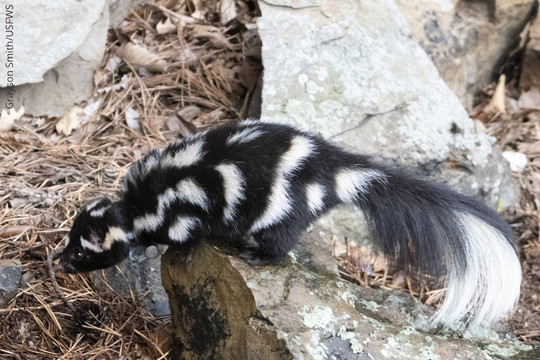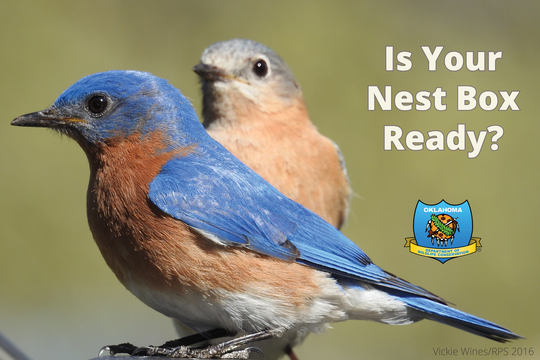Stop Invasive Species in Your Tracks
Invasive species impact everyone. The good news is that we can all take steps to limit the spread of invasive plants and animals in our state. As you enjoy Outdoor Oklahoma throughout 2020, we offer three ways you can stop invasive species in your tracks.
-
Clean, Drain, Dry Keep Oklahoma’s waterways free of invasive plants and animals by pressure washing your boats, trailers and equipment with hot water; draining the bilge, live wells, and coolers; and letting boats dry out for at least five days if a pressure washer isn’t available. This cleanup regimen doesn’t have to end with watercraft! Cleaning shoes, waders, bike tires and even Fido between trips can help stop the spread of invasive plants and animals.
-
Right Plant, Right Place Turning your property into a wildscape that attracts birds, butterflies, lizards and other Oklahoma wildlife starts with a close look at the plant community. Consider how your blooms and sprouts may impact our larger landscape, especially before adding new plants. Get regional lists of native Oklahoma plants that can be incorporated into your plans from our partners, Okies for Monarchs.
-
Report Sightings Share encounters with aquatic nuisance species like Asian carp and zebra mussels with biologist Curtis Tackett at (405) 356-5060. Invasive plant sightings can be submitted to OKInvasives.
 |
Species Spotlight: Eastern Spotted Skunk
At least four species of skunk have been documented in Oklahoma, the striped skunk, hog-nosed skunk, western spotted skunk, and the secretive and occasional tree-climbing eastern spotted skunk. When compared to the more widespread and common striped skunk, the eastern spotted skunk is smaller in size; has several broken stripes on the sides and back; a spot on the forehead instead of a stripe; and is limited to rocky woodlands and grasslands.
Share your spotted skunk sightings with the Wildlife Department’s furbearer biologist, Jerrod Davis. Please include information about the location and habitat along with any available photos.
Learn more in the Wildlife Department's Online Guide

Bluebirds Among Spring's Early Nesting Songbirds
Bluebirds, chickadees and wrens readily accept backyard nest boxes and will be moving in this month and next to kick off the 2020 nesting season. Whether you build your own nest box or purchase one from a retailer, check that the entryway is the preferred size for your potential renter (bluebirds love entries 1.5 inches wide); that the entryway is protected with a predator guard; and that the nest box has a swinging door or removable roof that allows for nest monitoring. You can track nest box success throughout the season and share the results with the Wildlife Department’s Nest Box Trails project.
- The project's volunteers monitored 173 nest boxes last year and reported 550 fledgling bluebird chicks. Nests of six different species were logged.
Get a Bluebird House Blueprint from the Noble Research Institute
Help Oklahoma's Wildlife on State Tax Return
Tax filing early birds can help the Wildlife Department learn more about our state’s fish and wildlife by donating a portion of their 2019 refund to the Wildlife Diversity Fund. This fund is dedicated to Oklahoma’s nongame species and can turn donations into surveys for our rare and declining species.
Show your support on Schedule 511-H of the Oklahoma Resident Income Tax Return
|